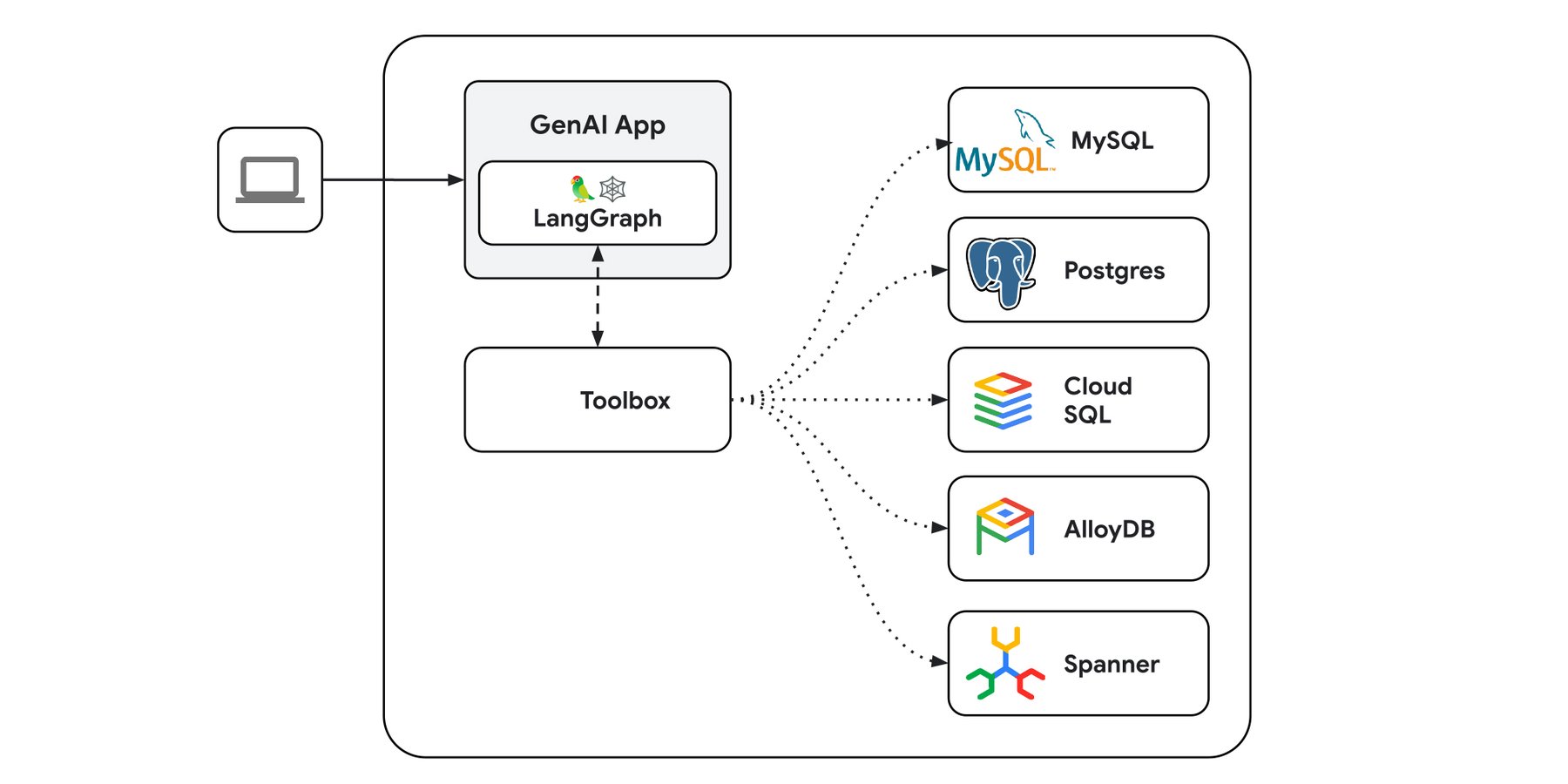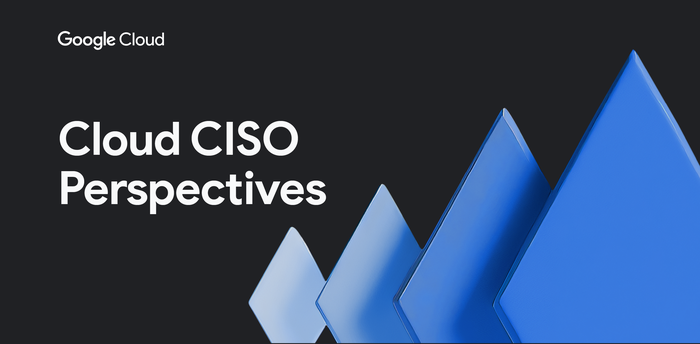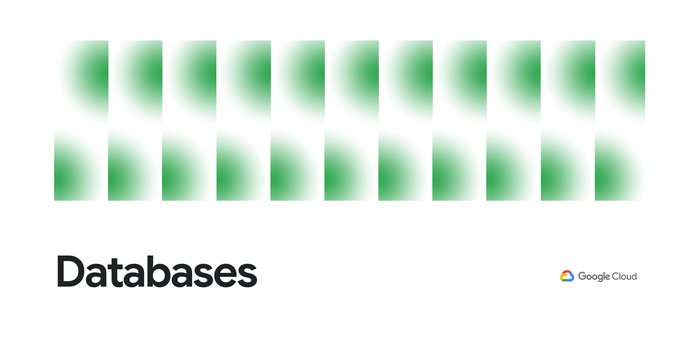Announcing public beta of Gen AI Toolbox for Databases
Hamsa Buvaraghan
Product Manager, Google Cloud Databases
Harrison Chase
Co-Founder and CEO, LangChain
Today, we are thrilled to announce the public beta launch of Gen AI Toolbox for Databases in partnership with LangChain, the leading orchestration framework for developers building large language model (LLM) applications.
Gen AI Toolbox for Databases (Toolbox) is an open-source server that empowers application developers to connect production-grade, agent-based generative AI (gen AI) applications to databases. It streamlines the creation, deployment, and management of sophisticated gen AI tools capable of querying databases with secure access, robust observability, scalability, and comprehensive manageability. It currently provides connectivity to self managed PostgreSQL, MySQL, as well as managed databases including AlloyDB, Spanner, and Cloud SQL for Postgres, Cloud SQL for MySQL, and Cloud SQL for SQL Server We are open to contributions from other databases outside of Google Cloud.
In this post, we’ll explore how Gen AI Toolbox for Databases works, and how to get started.
Challenges in gen AI tool management
Building AI agents requires using different tools, frameworks, and connecting to various data sources. This process creates several challenges for developers, particularly when these tools need to query databases. These include -
-
Scaling tool management: Current approaches to tool integration often require extensive, repetitive code and modifications across multiple locations for each tool. This complexity hinders consistency, especially when tools are shared across multiple agents or services. A more streamlined framework integration is needed to simplify tool management and ensure consistency across agents and applications.
-
Complex database connections: Databases require configuration, connection pooling, and caching for optimal performance at scale.
-
Security vulnerabilities: Ensuring secure access from gen AI models to sensitive data requires complex integration with auth services, databases and the application, which can be error-prone and introduce security risks.
-
Inflexible tool updates: Adding new tools or updating existing ones often requires a complete rebuild and redeployment of the application, potentially leading to downtime.
-
Limited workflow observability: Current solutions lack built-in support for comprehensive monitoring and troubleshooting, making it difficult to gain insights into gen AI workflows with databases.
Components
Gen AI Toolbox for Databases improves how gen AI tools interact with data, addressing common challenges in gen AI tool management. By acting as an intermediary between the application's orchestration layer and data sources/databases, it enables faster development and more secure data access, improving the production-quality of tools.
Toolbox comprises two components: a server specifying the tools for application use, and a client interacting with this server to load these tools onto orchestration frameworks. This centralizes tool deployment and updates, incorporating built-in production best practices to enhance performance, security, and simplify deployments.


Benefits
Toolbox offers various features that provide better managebility, security and observability for AI Agents. Some of the benefits for application developers are as follows -
- Simplified development - Reduced boilerplate code and consolidated integration simplifies tool development and sharing across other agents.
- Built-in performance and scale - Built-in connection pooling and optimized connectors for popular databases to handle connection management efficiency.
- Zero downtime deployment - A config-driven approach enables seamless deployment of new tools and updates without any service interruption and supports incremental rollouts.
- Enhanced security - Using Oauth2 and ODIC, built-in support for common auth providers enables control over Agents' access to tools and data.
- End-to-end observability - Toolbox integrates with OpenTelemetry, providing day-one insights via logging, metrics, and tracing, offering end-to-end observability for better operations.
Compatibility with LangChain
LangChain is the most popular developer framework for building LLM applications, and we’re excited to announce Toolbox compatibility with the LangChain ecosystem from day one. Together with Toolbox, LangGraph can leverage LLMs like Gemini on Vertex AI to build powerful agentic workflows.
LangGraph extends LangChain's capabilities by providing a framework for building stateful, multi-actor applications with LLMs. Its support for cycles, state management, and coordination enables the development of complex and dynamic AI agents. All of these capabilities integrate seamlessly with Toolbox.
Tool calling is essential for building agents. Agents need to call tools in a controlled and specified way, run the tool reliably, and then pass the correct context back to the LLM. LangGraph provides a low-level agent framework for managing how tools are called and how their responses are integrated, ensuring precision and control. Toolbox then handles the execution itself, seamlessly running the tool and returning results. Together, they create a powerful solution for tool calling in agent workflows.
“The integration of Gen AI Toolbox for Databases with the LangChain ecosystem is a boon for all developers” says Harrison Chase, CEO of LangChain. “In particular, the tight integration between Toolbox and LangGraph will allow developers to build more reliable agents than ever before.”
Get started with Gen AI Toolbox for Databases
Gen AI Toolbox for Databases simplifies gen AI tool development and deployment by automating the entire lifecycle. Here are some resources to get you started:
-
Quickstart - How to get started running a LangGraph agent with Toolbox using Gemini on Vertex AI.



